Disclosure: This article contains affiliate links. We may earn a commission from purchases at no extra cost to you, which helps our travel content.
The first light of dawn breaks through the mist as I stand at the trailhead of Henri Pittier National Park, Venezuela's oldest protected wilderness. My sketchbook already bears the marks of early morning inspiration – quick strokes capturing the way the clouds embrace the mountain peaks like old friends reuniting. Having traversed mountain ranges across five continents, I've developed a particular fondness for places where ecosystems collide, where the boundary between one world and another blurs into something magical. Here, just outside Maracay, Venezuela's first national park offers precisely this liminality: a realm where cloud forests gradually surrender to Caribbean coastline, where over 500 bird species paint the canopy with flashes of color, and where adventure awaits those willing to venture beyond the ordinary tourist path.
The Cloud Forest Ascent: Rancho Grande to Pico Guacamaya
The journey begins at Rancho Grande Biological Station, where scientists have studied this remarkable ecosystem since the 1950s. I've arranged to meet Carlos, a local guide whose knowledge of the park rivals that of the most seasoned biologists. His eyes light up when I mention my interest in documenting the transition zones between ecosystems.
'Most tourists only see fragments of the park,' he tells me in Spanish that dances with the local Venezuelan cadence. 'But to understand Henri Pittier, you must witness how it changes as you climb.'
The trail to Pico Guacamaya is not for the faint-hearted. It demands respect, proper preparation, and a willingness to surrender to the mountain's rhythm. The path narrows as we ascend, the humidity wrapping around us like a warm blanket. My moisture-wicking shirt quickly proves its worth in these conditions, where being soaked by either sweat or sudden rainfall is inevitable.
At approximately 1,500 meters above sea level, the character of the forest transforms dramatically. Massive trees create a cathedral-like canopy, their trunks serving as canvases for nature's artwork – lichens, mosses, and epiphytes in countless variations. I stop frequently, my camera capturing what my sketchbook cannot – the way sunlight filters through layers of green, creating an ethereal quality that reminds me of the sacred valleys I once documented in Bhutan.
The diversity of fungi alone would merit a separate expedition. Brilliant orange, sulfur-yellow, and otherworldly purple specimens emerge from fallen logs like nature's sculpture garden. Carlos points out a particularly striking red mushroom with white spots. 'Amanita muscaria,' he notes. 'Beautiful but deadly. Like many things in these mountains.'

💡 Pro Tips
- Hire a local guide for this trail - the navigation is challenging and their knowledge of wildlife and plants is invaluable
- Start no later than 7:00 AM to avoid afternoon thunderstorms that typically roll in around 2-3 PM
- Pack at least 3 liters of water per person - the humidity makes dehydration a serious concern
Biological Marvels: The Park's Extraordinary Biodiversity
Henri Pittier National Park represents a biological treasure trove that has captivated naturalists since the park's establishment in 1937. Originally named Rancho Grande National Park, it was later renamed to honor Swiss geographer and botanist Henri Pittier, who dedicated much of his life to studying Venezuela's ecosystems.
What makes this park exceptional is not just its biodiversity but the accessibility of that diversity within relatively short distances. In a single day's hike, one can traverse through distinct life zones, each hosting specialized communities of plants and animals.
'Look there,' Carlos whispers, pointing toward movement in the canopy. A family of howler monkeys observes us with casual interest before continuing their arboreal journey. Their haunting calls had served as our morning alarm at 5 AM – a primal sound that resonates through the forest like distant thunder.
My compact binoculars reveal details I would otherwise miss: the iridescent gorget of a hummingbird feeding on heliconia flowers, the precise pattern on a poison dart frog no larger than my thumbnail, the cautious movements of a tayra (a member of the weasel family) as it investigates a fallen log.
The bird diversity alone justifies the challenging hike. Venezuela hosts over 1,400 bird species, and an impressive portion of them can be found within this park's boundaries. Ornithologists travel from across the globe to glimpse the Handsome Fruiteater, the Venezuelan Sylph, or the elusive Helmeted Curassow.
'The birds here,' Carlos explains as we pause to rest, 'they tell you everything about the health of the forest. When they thrive, the forest thrives.'
I've documented ecosystems from the Australian Outback to the Peruvian Andes, but the density of life here – the sheer volume of existence compressed into each square meter – continues to astonish me. My sketchbook fills with quick studies: the spiral pattern of a bromeliad, the compound eye of a praying mantis, the architectural perfection of a spider's web jeweled with morning dew.

💡 Pro Tips
- Bring a field guide to birds of Venezuela - even non-birders will be amazed by the diversity
- Move slowly and quietly for better wildlife viewing opportunities
- Early morning (6-9 AM) and late afternoon (3-6 PM) offer the best wildlife activity
The Descent to Choroni: Where Mountains Meet Caribbean
Perhaps the most remarkable aspect of Henri Pittier National Park is its dramatic ecological transition from cloud forest to Caribbean coastline. The ancient road from Maracay to Choroni cuts through the heart of the park, offering access to this remarkable gradient of ecosystems.
After our summit experience at Pico Guacamaya, Carlos suggests we complete our journey by descending toward the coastal town of Choroni. This colonial-era route once served as the main connection between Venezuela's central valleys and its Caribbean ports.
'The Spanish built this road in the 1700s,' Carlos explains as we navigate a particularly steep section. 'They needed to move coffee and cacao from the valleys to ships bound for Europe.'
As we descend, the vegetation shifts perceptibly. The moss-draped trees of the cloud forest gradually give way to drier forest types. The air becomes warmer, saltier. Butterflies appear in greater numbers – Henri Pittier hosts more than 800 species, including the electric blue morpho that seems to defy reality with its metallic brilliance.
I pause frequently to sketch and photograph these transitions. My trusty weather-resistant camera has accompanied me across five continents, but here in Henri Pittier, it earns its keep capturing the subtle shifts in light, color, and texture that define these ecological boundaries.
By mid-afternoon, we catch our first glimpse of the Caribbean Sea – a startling blue horizon that appears almost surreal after hours immersed in forest greens. The contrast is breathtaking: mountain cloud forest and tropical sea existing in such close proximity, separated by just a few kilometers of vertical descent.
The final portion of our journey reveals coastal dry forest and eventually the historic town of Choroni itself, with its colonial architecture and laid-back Caribbean atmosphere. The temperature has risen significantly – at least 10°C warmer than our starting point in the mountains. My skin welcomes the change, having carried the memory of Sydney's winter in my bones.

💡 Pro Tips
- The descent to Choroni is steep and hard on the knees - trekking poles are highly recommended
- Arrange transportation back to Maracay in advance - public transport options are limited
- Bring a swimsuit for a refreshing dip at Playa Grande once you reach Choroni
Practical Challenges: Navigating Venezuela's Current Reality
I would be doing a disservice to fellow travelers if I didn't address the current challenges of visiting Venezuela. This is a country of extraordinary beauty facing extraordinary difficulties. The economic and political situation remains complex, with implications for tourism infrastructure and safety.
My journey to Henri Pittier required careful planning and local connections. I arranged everything through Carlos, whom I met through a Venezuelan artist I'd collaborated with in Sydney. This personal connection proved invaluable – Carlos not only guided me through the park but helped navigate the practical realities of travel in today's Venezuela.
'Things change quickly here,' he told me as we discussed logistics. 'What works today might not work tomorrow.'
The park itself has suffered from reduced funding and management resources. Some trails are less maintained than they once were, and ranger presence has diminished. Yet the natural beauty remains undiminished, perhaps even enhanced by the reduced visitor numbers.
Fuel shortages can complicate transportation, and the dual currency system (official and parallel exchange rates) creates confusion for international visitors. I found it essential to carry sufficient cash in small denominations of US dollars, as credit cards are rarely accepted outside major hotels in Caracas.
Safety concerns are real but manageable with proper preparation. I avoided displaying expensive equipment openly, traveled with a local guide at all times, and followed Carlos's advice about which areas to avoid. My anti-theft daypack provided additional peace of mind, with its lockable zippers and slash-proof construction.
Despite these challenges, the warmth of the Venezuelan people shines through. From the family who served us arepas at a small roadside stand to the local conservationists working tirelessly to protect Henri Pittier's biodiversity, I encountered nothing but generosity and resilience.
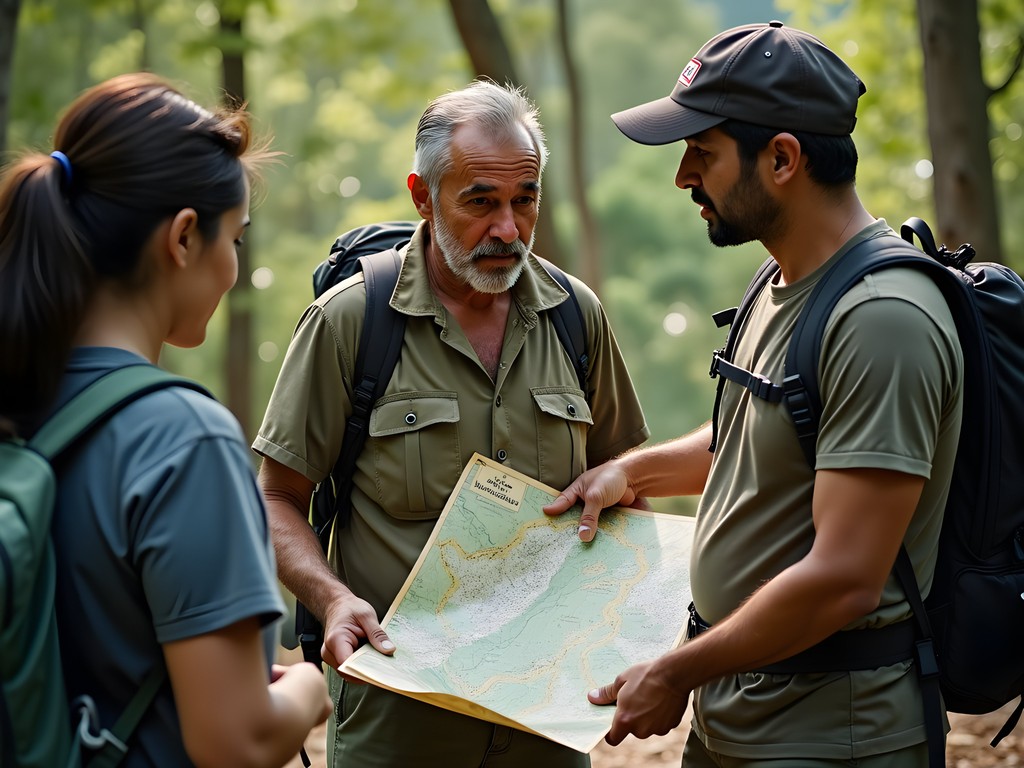
💡 Pro Tips
- Work with local contacts to arrange your visit rather than attempting independent travel
- Bring all necessary medications and first aid supplies as pharmacies may have limited stock
- Register with your country's embassy before traveling to Venezuela
Capturing the Soul of Henri Pittier: An Artist's Perspective
As both an artist and photographer, I approach landscapes with dual vision – seeking both the decisive moment that photography demands and the essential character that painting requires. Henri Pittier National Park offers endless inspiration for both pursuits.
During our two-day expedition, I filled nearly thirty pages of my sketchbook and captured hundreds of photographs. Yet I still feel I've barely scratched the surface of this remarkable place. The challenge lies not in finding subjects but in selecting from the overwhelming abundance.
What fascinates me most about Henri Pittier is the interplay of light through its various ecosystems. In the cloud forest, light becomes a tangible entity – filtering through mist and leaves to create an atmosphere that feels almost primordial. I found myself experimenting with longer exposures to capture the quality of this diffused illumination.
The colors shift dramatically as one moves through the park's elevation gradient. The cool blues and greens of the high forests give way to the warmer palette of the coastal regions. For an artist, this transition offers a natural study in color temperature and environmental adaptation.
I've always believed that truly understanding a landscape requires physical engagement with it – feeling the gradient of the slopes in your muscles, experiencing the changing humidity on your skin, hearing the subtle shifts in birdsong as you move between ecosystems. Henri Pittier demands this full sensory immersion.
My approach to documenting the park combined quick field sketches (using my trusty watercolor travel kit) with photography and written notes. Each medium captures something the others miss – the sketchbook records my immediate impressions and emotional responses, the camera preserves details my hand cannot capture quickly enough, and my journal contextualizes these visual records with facts, stories, and sensory observations.
What emerged from this process was not just a record of a place but an experience of connection. In my years of documenting landscapes across continents, I've found that each place has its own unique voice – a particular way it speaks to those willing to listen. Henri Pittier speaks in the language of transition and contrast, of resilience and adaptation, of ecological interconnection across seemingly disparate worlds.
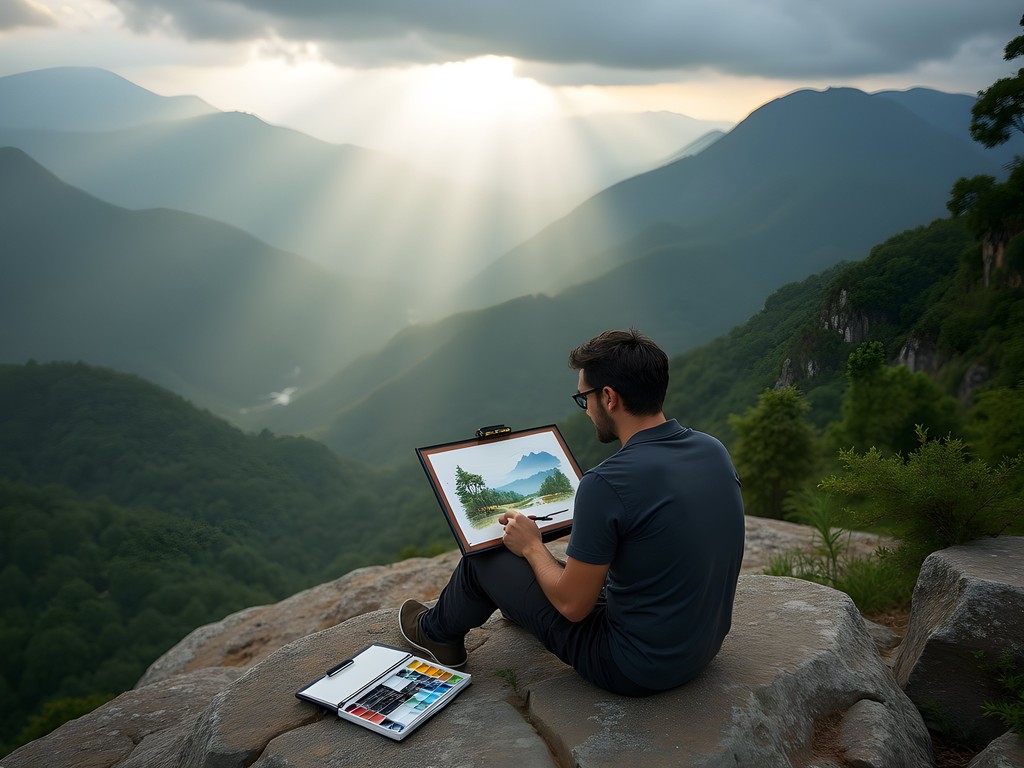
💡 Pro Tips
- Early morning and late afternoon offer the most dramatic lighting for photography
- Protect camera equipment from humidity with silica gel packets or a dry bag
- Consider bringing watercolor supplies rather than oils or acrylics due to the humid conditions
Final Thoughts
As I sit on the terrace of a small posada in Choroni, watching the Caribbean sunset paint the sky in hues that echo the heliconia flowers of the cloud forest, I reflect on the remarkable journey through Henri Pittier National Park. This mountain-to-sea transition zone represents Venezuela in microcosm – a land of extraordinary natural wealth facing significant challenges. The park itself stands as a testament to conservation vision, protecting a biological corridor that allows countless species to thrive across its ecological gradient.
For adventurous travelers willing to navigate the complexities of visiting Venezuela today, Henri Pittier offers rewards that few other destinations can match: biodiversity that rivals the Amazon, landscapes that transition dramatically within a day's hike, and the profound experience of witnessing ecosystems in conversation with one another. As my sketchbook and camera return with me to Australia, they carry not just images but invitations – to remember, to share, and perhaps most importantly, to return.
✨ Key Takeaways
- Henri Pittier National Park offers one of South America's most dramatic ecological transitions, from cloud forest to Caribbean coast
- Current travel challenges in Venezuela require careful planning and local connections, but the reduced tourism means more authentic experiences
- The biodiversity of the park (500+ bird species, 800+ butterfly species) makes it a paradise for nature enthusiasts despite limited infrastructure
📋 Practical Information
Best Time to Visit
December through April (dry season)
Budget Estimate
$30-50 USD per day excluding guides ($80-120 with professional guide)
Recommended Duration
2-3 days minimum
Difficulty Level
Challenging

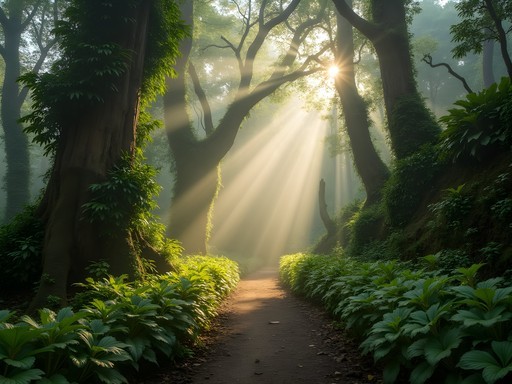
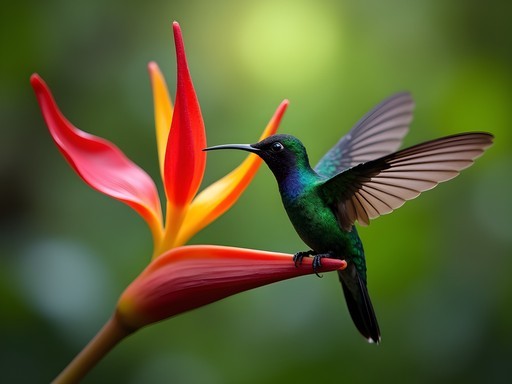

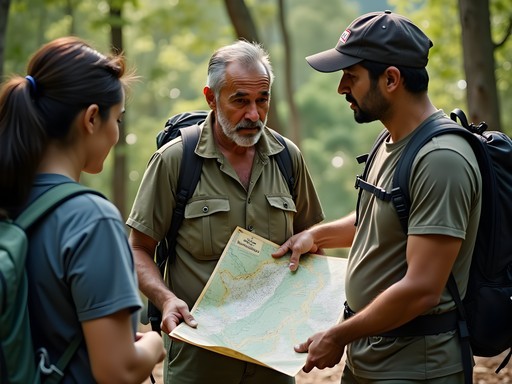
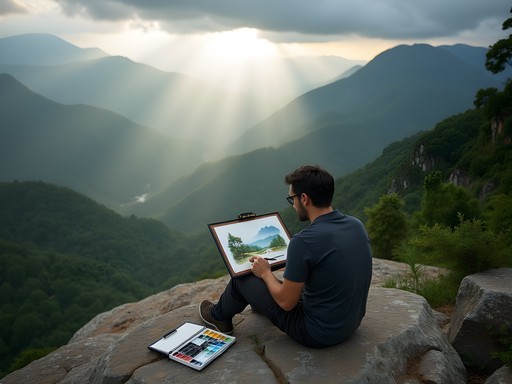



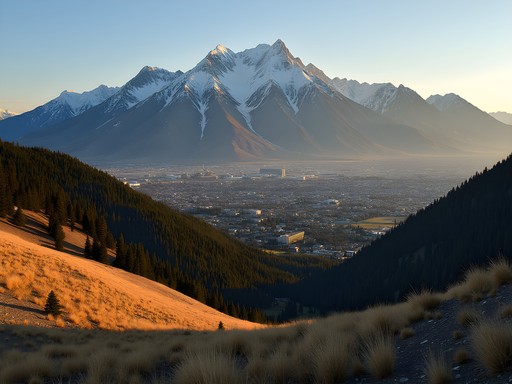

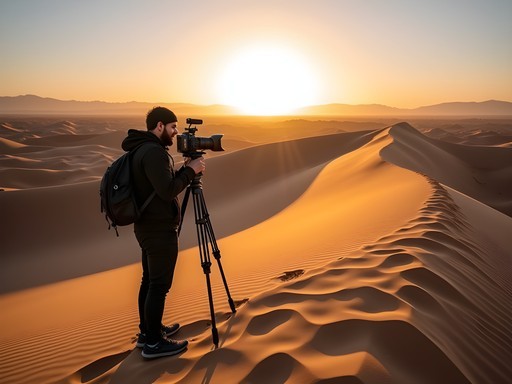
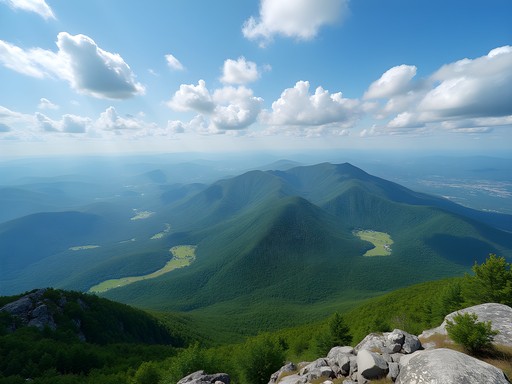


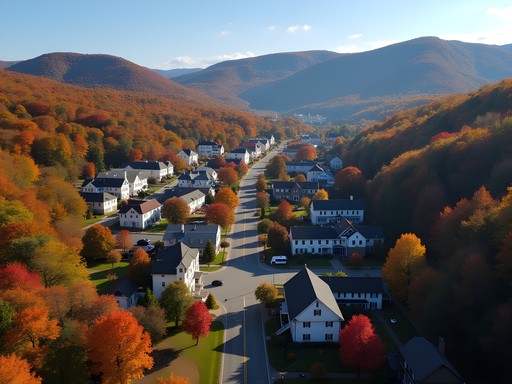
Comments
Frank Garcia
Brilliant post that captures the dual reality of Venezuela's natural wonders and practical challenges. I backpacked through South America last year but skipped Venezuela due to safety concerns. Your approach of connecting with local guides seems like the way to go. The biodiversity section was particularly fascinating - Henri Pittier hosting nearly 7% of the world's bird species in one park is mind-blowing! Did you find that the economic situation has impacted conservation efforts in the park? I've heard reports of increased poaching and illegal logging in some Venezuelan protected areas.
Amit Sanchez
That's a great question, Frank. I did see some evidence of resource extraction around the park boundaries. The rangers I spoke with mentioned being understaffed and underfunded, but they remain incredibly dedicated. The core areas still seem well-protected, but the buffer zones are definitely under pressure.
wavequeen8094
How difficult would you rate this hike? I'm moderately fit but worried about the elevation gain.
Amit Sanchez
I'd rate it moderate to challenging. The elevation gain is significant (about 1000m) but the real challenge is the humidity and heat. Take plenty of water and plan for a full day if you're doing Rancho Grande to Choroni.
Frank Garcia
I'd add that trekking poles are super helpful for the descent to Choroni - it gets pretty steep and can be slippery if there's been rain. I used my lightweight poles and they saved my knees!
escapefan
Adding this to my bucket list right now! Those Caribbean views at the end look worth every step!
Jean Wells
I hiked Henri Pittier back in 2018 before things got complicated in Venezuela. The biodiversity there is truly extraordinary - I counted over 40 bird species in a single day! Your description of the cloud forest brought back vivid memories. The transition from mountain ecosystem to coastal environment is something I've rarely experienced elsewhere. Did you encounter any of the howler monkeys? Their morning calls echoing through the mist were the highlight of my trip. I'm curious how the trail maintenance is holding up with the country's current challenges.
Amit Sanchez
Yes! The howler monkeys were incredible - especially near Rancho Grande. Trail maintenance was surprisingly good on the main paths, but some of the side trails have definitely suffered from neglect.
springpro
Those cloud forest photos are incredible! The mist looks magical!
happymood
Amazing photos! How safe did you feel hiking there with Venezuela's current situation? I've been wanting to visit but heard mixed things.
Amit Sanchez
Thanks for asking! I went with local guides which made a huge difference. Definitely wouldn't recommend solo hiking there right now. The park itself felt safe, but you need to be strategic about transportation and timing.
happymood
That makes sense. Did you arrange guides beforehand or when you got there?
Amit Sanchez
I arranged everything through my posada in Maracay about a week before arriving. They connected me with reputable guides. Definitely wouldn't just show up without a plan!
exploreperson
Wow! Henri Pittier has been on my bucket list forever! Those cloud forest photos are insane! Did you really see 40+ bird species in one day?? I'm planning a South America trip next year and wondering if I should try to include this. How many days would you recommend for the whole experience?
Amit Sanchez
Yes, the bird diversity is incredible! I'd recommend at least 4 days total - one day in Maracay to arrange everything, one full day for the hike, and then at least two days in Choroni to enjoy the coast and recover. Make sure to book with a reputable local guide who knows the current situation well.
Bryce Diaz
I'd second Amit's advice! And don't miss the cacao plantations near Choroni - fascinating history there and some of the best chocolate you'll ever taste. The contrast between ecosystems in such a short distance is what makes this park so special.
hikingpro7242
Great post! How difficult would you rate this hike compared to other cloud forest treks? And what camera setup did you use for those incredible bird shots?
Amit Sanchez
I'd rate it as moderately difficult - not technical but quite steep in sections. The humidity makes it more challenging than similar elevations elsewhere. For the birds, I used a Sony a7III with a 100-400mm lens. The light in the cloud forest is tricky, so a fast lens helps!
happybuddy4538
Amazing pics! Is it really safe to travel there now though?
Amit Sanchez
It requires careful planning and local connections. I wouldn't recommend going without arranging proper guides and transportation in advance. The park itself is safe, but the logistics need attention.
happybuddy4538
Thanks for the honest take! Maybe I'll wait a bit before adding it to my list.
Bryce Diaz
This brought back so many memories! I trekked Henri Pittier back in 2016 when things were a bit more stable in Venezuela. I remember standing on Pico Guacamaya and being able to see both the Caribbean and the inland valleys - truly one of those moments that reminds you why we travel. The trail conditions were challenging even then, so I can only imagine navigating them now. I used my trekking poles which were absolute lifesavers on that steep descent to Choroni. Amit, did you spend much time in the coastal villages? I found them to be the perfect recovery after that grueling hike!
Amit Sanchez
Bryce, that view from Guacamaya is unforgettable! I spent two nights in Choroni afterward - needed the recovery time for sure. The contrast between the cloud forest and those laid-back Caribbean villages is what makes this trek so special.
Venture X
Premium card with 2X miles, $300 travel credit, Priority Pass